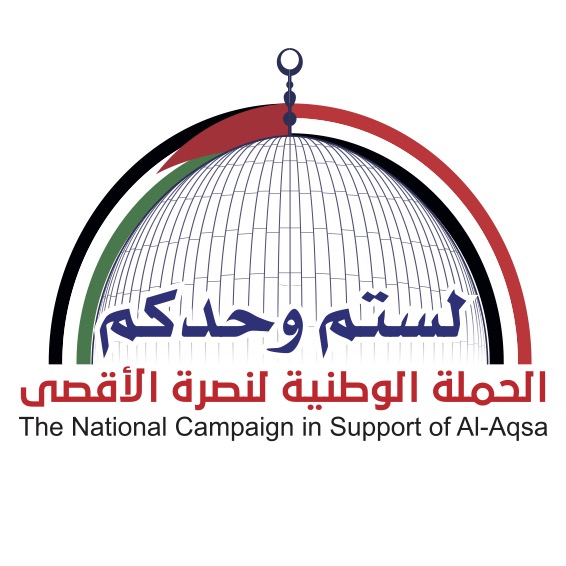SANAA, Apr. 26(Saba) - In the world there are twenty-five countries classified as the poorest countries, including them fifteen are from Africa and the Comoros. Also in Arabic countries the poorest are Sudan by 74% and Yemen by 72%.
While progress has been made and famine is being challenged worldwide, people are currently facing rising hunger in Ethiopia, Syria, the Democratic Republic of Congo, Somalia, Yemen, Nigeria and South Sudan. The crisis came to the fore in February 2017 when famine was declared in South Sudan, the first time it was declared across the world since 2011.
Yemen is described as the world's worst crisis. After four years of catastrophic conflict, millions of Yemenis are just one step away from famine. Without life-saving aid in the coming months, thousands of lives are at risk due to ongoing violence and lack of access to food and medicine.
More than 20 million people across the country are hungry. Half of these people are suffering from extreme levels of hunger or are a just one step away from famine. This is a 14 per cent increase from last year. Two-thirds of all districts in the country are already pre-famine.
Millions of Yemenis are hungrier, sicker and more vulnerable than a year ago, pushing an ever-greater number of people in to seeking humanitarian assistance to survive. Of the country’s 29 million inhabitants, 24 million people need some form of humanitarian or protection assistance, including 14.3 million who are in acute need. Severity of needs is deepening; with the number of people in acute need is a staggering 27 per cent higher than last year.
The role of humanitarian organizations in assisting Yemen:-
World Health Organization reports that acute shortages of clean water and sanitation face eight million people. Furthermore, the U.N. International Children’s Emergency Fund says, “There are 2.2 million children in Yemen at risk of acute malnutrition and 462,000 severely and acutely malnourished.”
The ongoing famine in Yemen affects 17 million people today, roughly 70 percent of its population. Humanitarian aid is increasingly becoming the only lifeline for millions of Yemenis.
According to the U.N. Office for the Coordination of Humanitarian Affairs (OCHA), “The situation in Yemen is characterized by widespread insecurity, large-scale displacement, civil strife, political instability, chronic food shortages, a breakdown of social services, endemic poverty, and refugee influxes.
(WHO) The Yemen Humanitarian Response Plan 2017 requires $326 million from a variety of health partners, including $126 million from the U.S. Targeted beneficiaries of the funding will include women and children.
The WHO reported that it had coordinated the operation of 406 general health and nutrition teams in 266 Yemeni districts in 2016, with funding coming from a variety of donors: Japan, the League of Arab States.
The WHO reported that it had coordinated the operation of 406 general health and nutrition teams in 266 Yemeni districts in 2016, with funding coming from a variety of donors.
There have also been responses to the famine from private organizations and individuals. Muslim Aid is running a campaign to raise donations for water and medical aid to Yemen.
Reasons for rise the famine and poverty in Yemen: there are some important reasons that make Yemen as the worst famine in the world.
§ War against Yemen and internal conflict: estimated 17,700 civilian deaths into the conflict, the scale of destruction in Yemen has reached unprecedented levels, conservative estimates show that at least 17,700 people have died as a direct result of the violence. The Armed Conflict Location and Event Data Project (ACLED) recorded over 30,000 deaths in Yemen last year stemming directly from the conflict an increase of more than 82 per cent in total reported fatalities from 2017. While the conflict between government and the Houthi rebel movement. Also the conflict has been exacerbated due to raids of US-Saudi aggression coalition (air-sea-land) and the siege on Yemen. A lack of financial resources and infrastructure has created an economy that is unable to support growing conflicts between opposing political factions. The situation has escalated and resulted in the current famine in Yemen.
§ Destruction of infrastructure: every day Yemeni civilians continue to be killed and injured in their homes, cars, buses, farms and markets. Houses, schools, hospitals and water tanks continue to be destroyed and damaged by all sides in this conflict. With air strikes inflicting the most damage. The Yemen Data Project has reported that while the overall number of air attacks decreased during 2018, the proportion of those attacks striking civilian targets rose, while attacks on military targets fell. They report that of the 3,362 air raids in Yemen in 2018, 420 of these air raids hit residential areas.
§ Blockade and economic crisis: Before the escalation of the war in Yemen, the country imported 90 per cent of its staple food and nearly all its fuel and medicine. After the war escalated in March 2015, border crossings, airports and harbours have been closed intermittently. In November 2018, the Saudi and UAE led Coalition completely shut down Hodeidah port for one month further exacerbating the humanitarian crisis. Today, the Coalition continues to impose restrictions on commercial goods, fuel, food and medicine coming in to the country. These restrictions have contributed to pushing up the price of essential goods and have created a shortage in medicines and fuel coming in to the country. A combination of factors such the use of blockade, restrictions on commercial goods, the collapse of the economy and public services, coupled with disruptions to livelihoods and economic activities, with 600,000 employees losing their jobs in the northern parts not being paid for years is deepening the needs in Yemen and pushing millions of Yemenis to the brink of famine.
§ Collapsing public institutions and services: Because of collapsing public institutions, people’s access to essential services such as water, sanitation, health care and education has been further constrained. and even these face severe shortages in medicines, equipment, and staff. Some 17.8 million people lack adequate access to clean water, sanitation and hygiene. Non-payment of teachers’ salaries has further restricted access to education, affecting. 3.7 million Children.
§ Epidemic: There are many epidemics widespread causing huge losses upon citizens, but the Cholera epidemic is the worst disease which most of Yemen's provinces have been heavily overrun.
Written by Amal Bahakeem
.
saba

| more of (Reports) |




